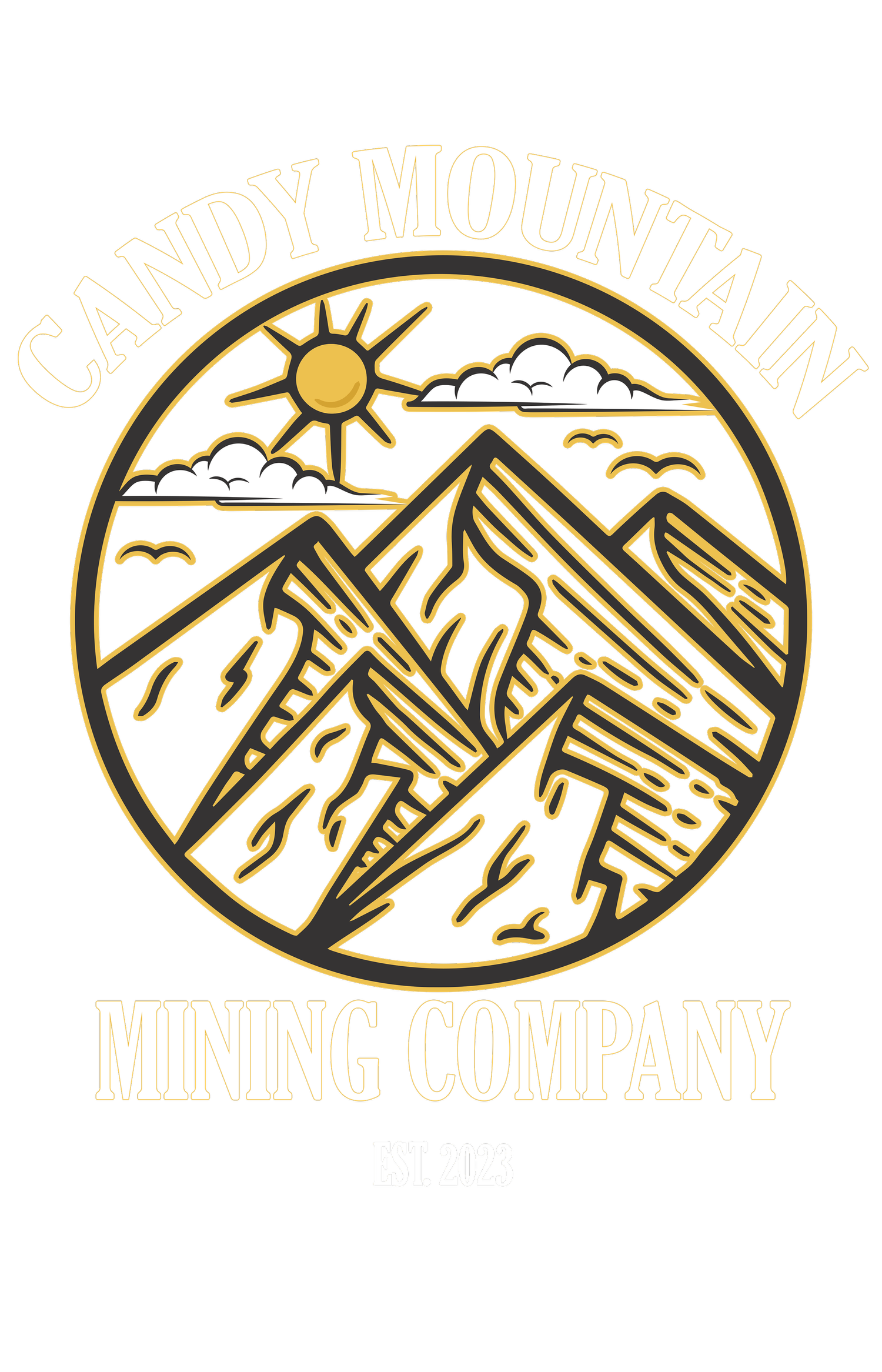how to find gold for beginners
Gold mining has been a popular activity for centuries, and it continues to attract many enthusiasts. If you're new to gold mining, there are a few things you should know before you start. In this beginner's guide, we'll cover some of the basics of gold mining so that you can begin your journey to finding gold! The first step in gold mining is finding a good location to start your search. You can find a suitable area by doing some research online or talking to other gold miners in your area. Once you have found a promising spot, the next step is to start exploring! Look for areas where there is likely to be gold deposits, such as near water sources or in areas with high concentrations of minerals. Once you have identified a promising area, it's time to start mining!
The most effective way to do this is by using a metal detector. Metal detectors are specifically designed to find metals, so they are the perfect tool for gold mining. Begin by scanning the area with your metal detector and see what kinds of signals you get. If you're getting strong signals, that's a good sign that there may be gold in the area! Once you have found an area that looks promising, it's time to start digging! Start by digging small holes and then widening them as you go along. Be sure to keep an eye out for any gold nuggets or flakes that you might find. Careful isolation of your material as you sort and divide not precious values with gold. If you're lucky and on a rare occasion, you may even find a vein of gold! Gold mining can be an exciting and rewarding activity that can lead to some amazing finds.
With a little bit of research and some hard work, you'll be well on your way to finding gold in no time! If you want to start gold mining, you'll need to purchase some basic equipment. This equipment includes items like a shovel, a pickaxe, a pan, a sluice box, and a dredge (optional). You will also need some basic supplies, like buckets, a classifier (to help separate the gold from the sediment), and a gold panning kit. With this basic equipment, you'll be able to start mining for gold and starting your mining adv
Panning for gold is a simple and fun process. First, you'll need to find a location where there is known to be gold in the area. Once you have found a good spot, you'll need to gather some sediment from the bottom of a stream or river. You can do this by scooping up some sand and gravel in your shovel and then dumping it into your pan. Once you have a pan full of sediment, you'll need to swirl the water around in the pan to wash away the lighter materials. The gold should start to become visible as it settles to the bottom of the pan. Once all of the lighter materials have been washed away, you can carefully pour out the water, leaving the gold behind. Gold mining is not without its challenges, and there are a number of different factors that can impact the industry.
Some of the most significant challenges facing gold miners include the high cost of mining equipment and operations, the difficulty of accessing remote deposits, the impact of environmental regulations on mining operations, and the need for water for mining operations. There are a number of different methods that gold miners use to extract gold from the earth. Some of the most popular methods include panning for gold, sluicing, and dredging. Each of these methods has its own advantages and disadvantages, so it's important to do your research and choose the method that's right for you. With some practice and patience, you'll be able to master the art of gold mining and uncover some amazing treasures along the way!
For new-comers who are wanting to have their own claim to gold mine on contact Candy Mountain Mining Company. We will be able to file your claim for you and remove the hassle and stress from the equation!
Candy Mountain also offers memberships to our mining claims. Reach out at 507-884-2222 or email us for a list of properties in our portfolio that you are able to enjoy all the benefits of claim ownership without the paperwork!


